In our previously published articles in this series, we talked about many SSIS Hadoop components added in SQL Server 2016, such as the Hadoop connection manager, Hadoop file system task, HDFS file source, and HDFS file destination.
Read more »

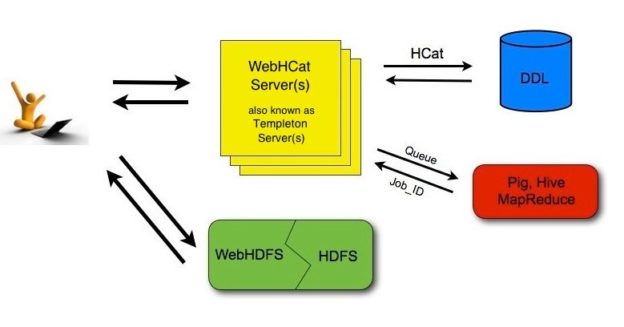
In our previously published articles in this series, we talked about many SSIS Hadoop components added in SQL Server 2016, such as the Hadoop connection manager, Hadoop file system task, HDFS file source, and HDFS file destination.
Read more »
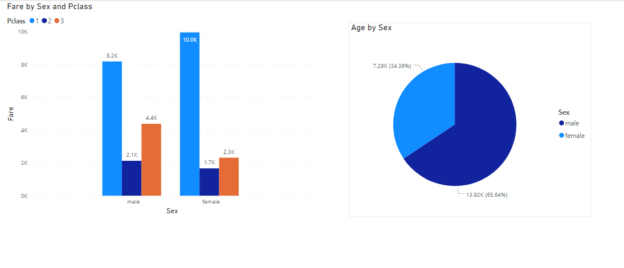
The Report View in Power BI can be used to create beautiful visualizations in Power BI.
Read more »
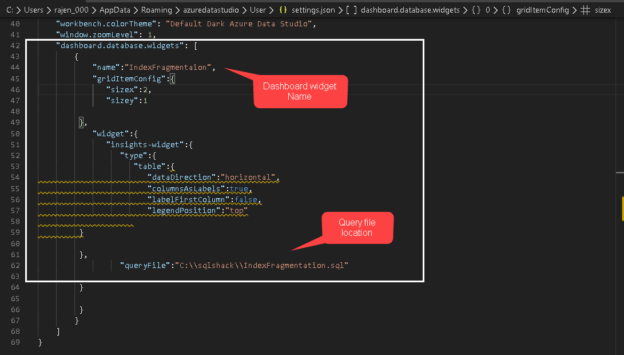
Azure Data Studio (ADS) is an integrated, lightweight database development for supporting both on-premises and cloud databases. It can be installed on Windows as well as Linux operating system. I am assuming you are familiar with the SQL Server Management Studio. If you work on Linux based SQL Server instance, you can install only ADS in those systems. We can use integrated terminals to execute the PowerShell and Terminal sessions for the Linux system.
Read more »
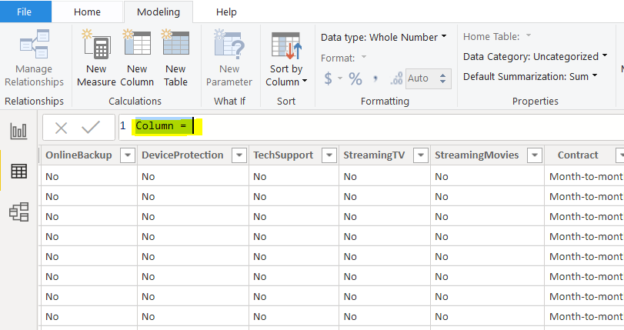
Microsoft Power BI supports two different languages, M language and DAX (Data Analysis Expression) that can be used to filter, manage, and visualize data.
Read more »
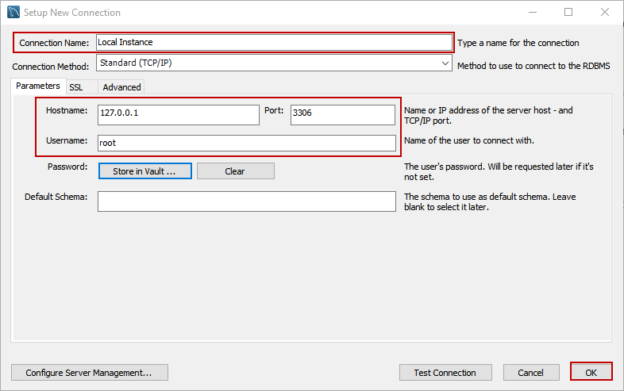
In this article, I am going to explain the MySQL CREATE TABLE statement with examples. The following syntax contains basic statements to create a table in MySQL.
Read more »

In this article, we will learn latch contention issues that we might experience in the SQL Server TempDB database. We will also discuss reasons and the solution method of these latch contention issues. Especially, we will mention the Memory-Optimized TempDB Metadata feature that was introduced with the SQL Server 2019.
Read more »
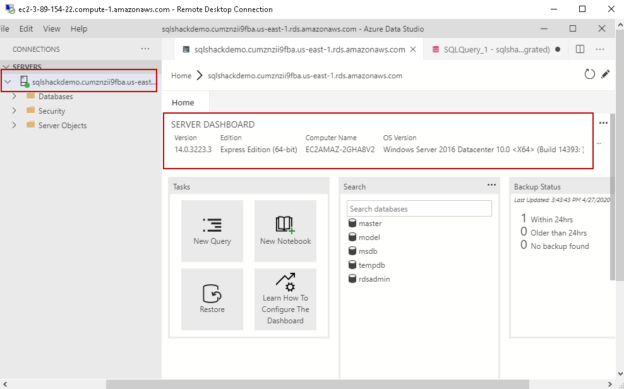
This article will cover advanced configurations for Windows Authentication in AWS RDS SQL Server.
Read more »
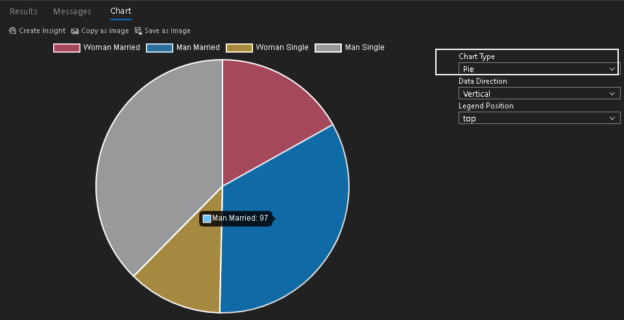
In this article, we will explore charts in an Azure Data Studio using data stored in SQL Server tables.
Read more »
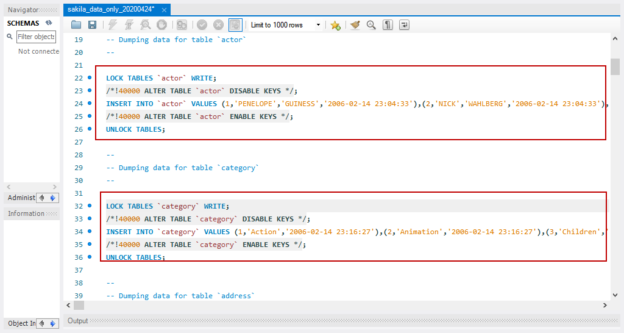
In this article, I am going to explain different ways to generate the backup in the MySQL database server. As we know, data is a valuable asset to the organization. As database administrators, it is our primary and crucial job to keep the data available and safe. If the system or data center fails, database corruption, and data loss, we must be able to recover it within the defined SLA.
Read more »
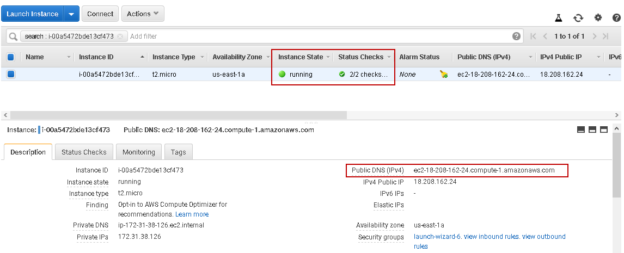
In this article, we will be exploring the process of enabling Windows authentication in AWS RDS SQL Server.
Read more »
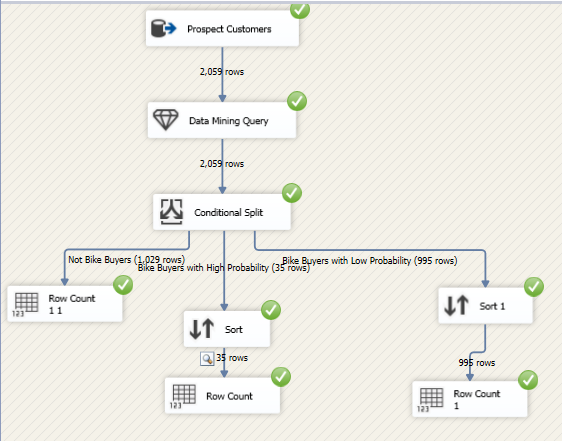
In this article, we will be discussing how SQL Server Integration Services (SSIS) can be used to predict data mining models built from SSAS. In this article, we will be looking at the Data Mining Query in SSIS. During the data mining article series, we have discussed all the Data mining techniques that are available in SQL Server. The discussed techniques were Naïve Bayes, Decision Trees, Time Series, Association Rules, Clustering, Linear Regression, Neural Network, Sequence Clustering. Further, we discussed how the accuracy of the data mining models can be verified.
Read more »
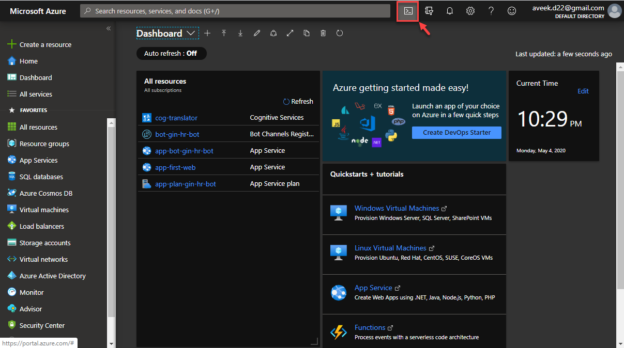
In this article, we are going to understand what Azure CLI is and how to work with it. For the purpose of this article, we will take the version 2.0 to demonstrate the features and functionalities. The Azure CLI, as the name suggests is a cross- platform and open-source command-line tool that we can use to create or manage resources in the Azure Portal. This tool gives us the ability to issue commands right from the windows command prompt and deal with the Azure resources. Since this tool is a cross-platform, that means the users can easily install the utility on Windows, Linux or Mac OS and still work with the same set of commands without making any changes.
Read more »
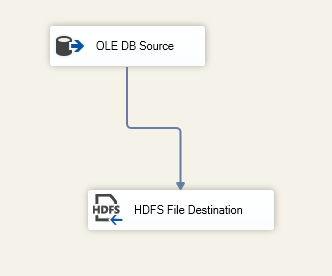
In the previously published article, we talked briefly about Hadoop, and we gave an overview of the SSIS Hadoop components added in the SQL Server 2016 release, and we focused on the Hadoop connection manager and the Hadoop file system task.
Read more »

In the previous few articles in this series, we’ve set the foundations on how to create a report. We’ll take one step further and see how to use the SQL Server PIVOT table operator. We’ll start from the simple query and slowly progress towards dynamic SQL and PIVOT. Let’s start.
Read more »

Lever T-SQL to handle duplicate rows in SQL Server database tables article highlighted T-SQL features that detect and handle duplicate SQL Server table rows. The techniques work well, but they rely on fixed duplicate row definitions. This article extends those techniques, showing how to define duplicate rows in a dynamic way.
Read more »
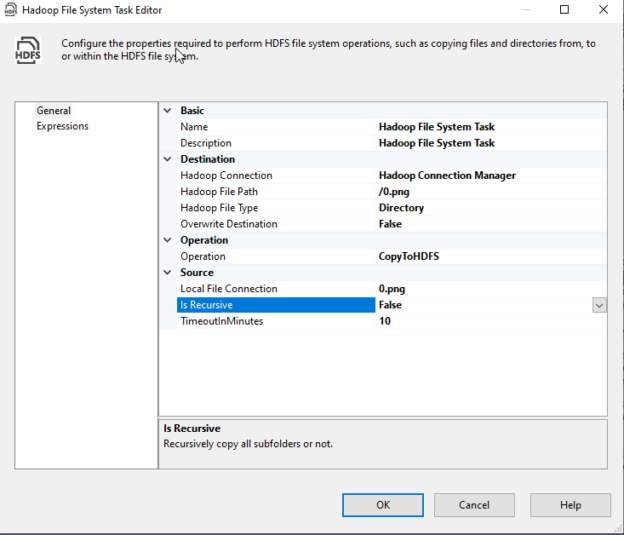
In this article, we will give a brief introduction of Hadoop and how it is integrated with SQL Server. Then, we will illustrate how to connect to the Hadoop cluster on-premises using the SSIS Hadoop connection manager and the related tasks.
Read more »
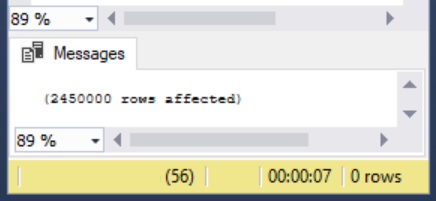
One challenge we may face when using SQL bulk insert is whether we want to allow access during the operation or prevent access and how we coordinate this with possible following transactions. We’ll look at working with a few configurations of this tool and how we may apply them in OLAP, OLPT, and mixed environments where we may want to use the tool’s flexibility for our data import needs.
Read more »

In the previous two articles of this series, we’ve discussed how to create a report and how to use built-in date and time functions. Today, we’ll join these two together and analyze some interesting queries we could use while creating more complex SQL Server reports where date and time functions are used to create reporting categories.
Read more »
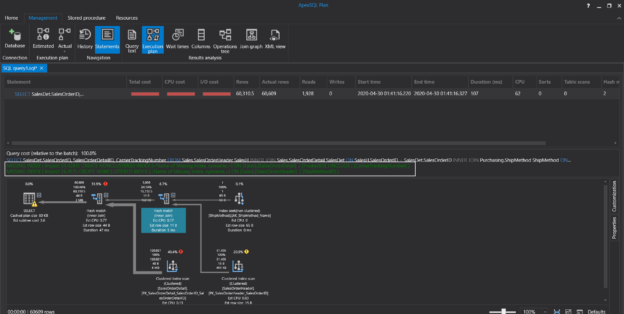
In this article, we will continue to learn essential techniques of the SQL Server query tuning with practical examples.
Read more »
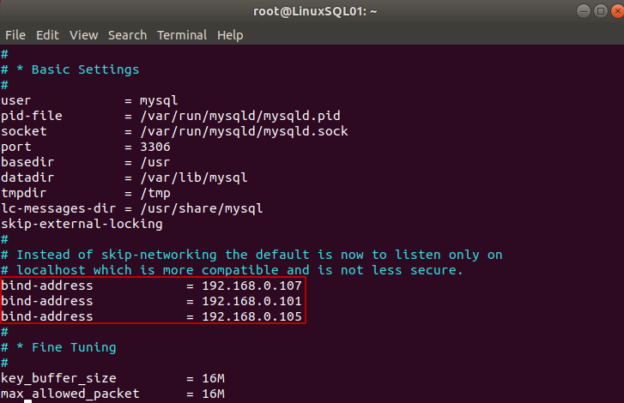
In this article, I am going to explain how we can deploy the MySQL InnoDB cluster. InnoDB Cluster is a high availability solution provided by MySQL that has single and multi-master capabilities and failover detection.
Read more »

This article gives you an overview of integrating AWS S3 buckets with AWS RDS SQL Server.
Read more »
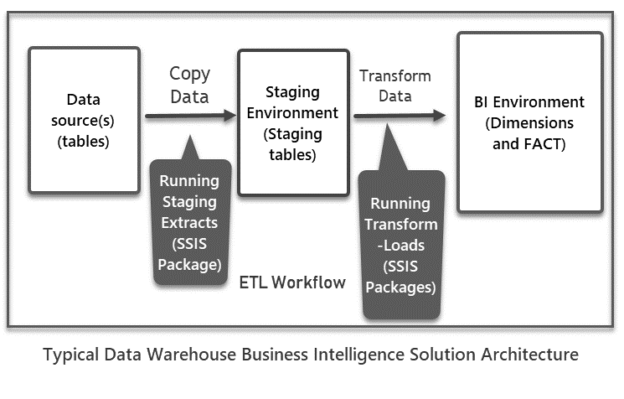
This is a conceptual article consisting of two parts with enough supported material for any data professional or enthusiast with databases or data warehouse development background willing to go a step ahead by using an industry-recognized SQL unit testing framework called tSQLt.
Read more »
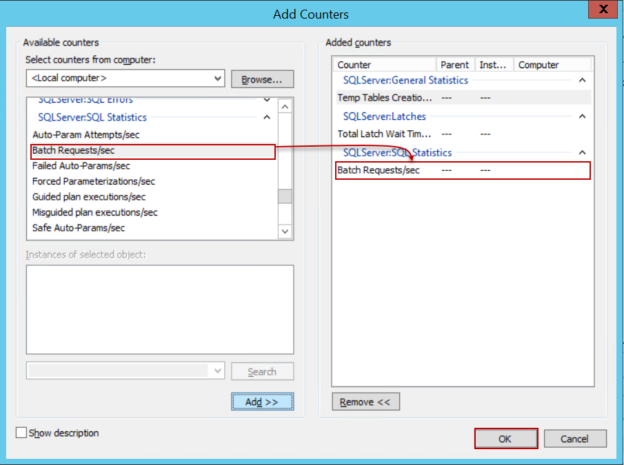
This article will cover the usage details and performance advantages of the memory-optimized table variables.
Read more »

In this article, you will learn about Azure SQL Database and its uses. Then the article splits into two sets of tutorials. The first part will show you how to create a single database in Azure SQL Database. The second tutorial will show you how to build an ASP.NET app in Azure SQL Database.
Read more »
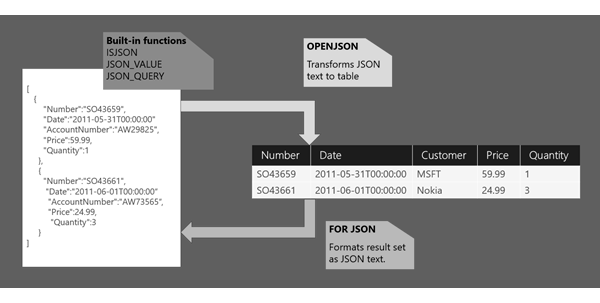
In this article, we will explore JSON_VALUE() function in SQL Server to extract scalar values from JSON data.
Read more »© Quest Software Inc. ALL RIGHTS RESERVED. | GDPR | Terms of Use | Privacy